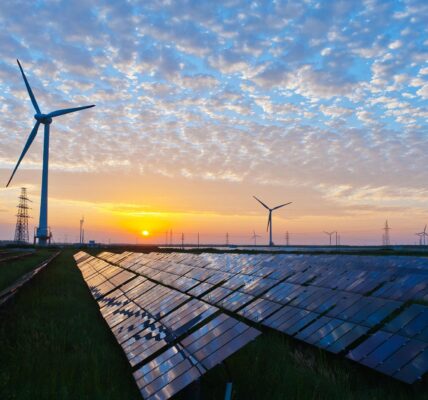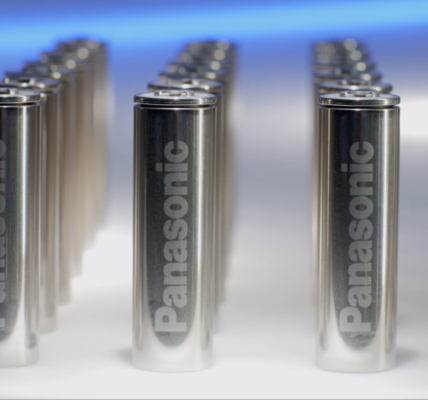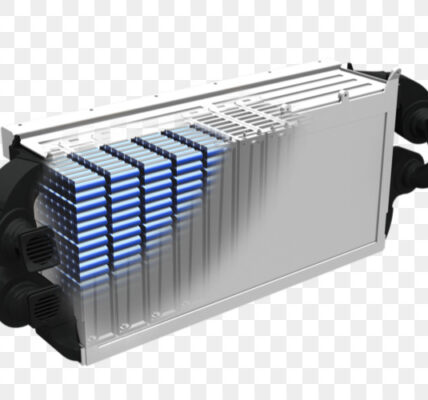The auto industry’s quickening shift to electric cars is spurring investment in another emerging industry in the U.S.: manufacturing lithium-ion batteries for those vehicles.
China currently dominates the market for producing electric-vehicle batteries. But as auto makers spend billions to build more plug-in models in the U.S., investors are increasing their bets on companies looking to expand the supply chain for batteries and related materials in North America—a region that has long relied on imports for such components.
Sila Nanotechnologies Inc., a Silicon Valley startup that makes silicon anode materials used in batteries, is among the latest to attract Wall Street backing. The company said that it has raised $590 million in new funding.
Much of that money will be used to build a factory in the U.S. for making battery materials, Chief Executive Gene Berdichevsky said. The location hasn’t yet been selected.
Other battery-focused startups, such as California-based Romeo Power Inc. and Canadian mining firm Lithium Americas Corp. , which has U.S. operations, have also recently tapped public markets. Romeo went public late last year, while Lithium Americas said that it sold $400 million of stock in a public offering intended to finance a lithium project in Nevada.
Industry executives and lawmakers say the U.S. needs to reduce its reliance on China if it wants to lower costs and remain competitive in making electric vehicles and their batteries domestically. President Biden also has made securing more of this supply chain in the U.S. a priority, as part of a broader effort to accelerate the auto industry’s shift away from gasoline.
U.S. battery-making capacity is expected to increase sharply over the next decade, rising more than sixfold from roughly 60 gigawatt hours of annualized production last year to about 383 gigawatt hours in 2030, according to Benchmark Mineral Intelligence.
Battery-manufacturing giants such as South Korea’s LG Chem Ltd. and SK Innovation Co. are building big factories in the U.S. to expand American production of electric-car batteries. LG Chem is building its factory in Ohio as part of a joint venture with General Motors Co.
Tesla Inc. is also expanding its battery-making capabilities, seeking to cut costs and shorten its supply chain by making some materials in-house.
And yet, there is currently little production in the U.S. for critical battery materials such as lithium and graphite. Those materials are needed for the anodes and cathodes that circulate ions to generate the battery’s current.
“You have a lot of stuff lining up that’s a real demand signal into the supply chains of ‘we need more, we need it local, and we need it cheaper,’ ” said John McClure, a managing director at investment bank Nomura Greentech Capital Advisors LLC.
Right now, much of the supply chain is concentrated in China, which makes more than 70% of the world’s lithium-ion batteries, according to Benchmark. The country also refines and manufactures the majority of minerals and materials needed for those batteries.
Analysts are bullish that electric-vehicle sales will take off in the coming years. While today they account for about 2% of the U.S. auto market, that share is expected to grow to 10% by 2025, according to investment bank Morgan Stanley.
There are risks if consumer demand doesn’t materialize as expected. An attempt to expand U.S. battery production—mostly through government funding under then-President Barack Obama —stumbled early last decade when car companies failed to see demand for electric vehicles materialize as anticipated.
Moving more battery production to the U.S. will help car companies and their suppliers bring down costs, a step that is important for consumers to adopt electric vehicles more widely, auto executives say.
Sila, a company co-founded by Mr. Berdichevsky, who helped design Tesla’s first battery packs, is specifically looking to increase anode manufacturing in the U.S.
The decade-old company, which in 2019 received backing by German auto maker Daimler AG , has focused its research on developing silicon-based anodes. Its executives say its anodes are capable of storing more energy than the graphite ones used in today’s batteries.
This latest investment round, led by Coatue Management and T. Rowe Price Associates Inc., values the company at $3.3 billion, Mr. Berdichevsky said.
“Billions of dollars of capital really needs to go into the ground to bring a new technology like this to scale,” he said.
Sila, which is already supplying some consumer-electronics companies, is looking to build a new factory to get its anode into vehicles by 2025, Mr. Berdichevsky said. The factory, when finished, is expected to make enough materials to supply batteries in more than one million cars annually, he said.
Other anode producers are also scaling up in the U.S.
Novonix Ltd. , an Australian-listed company, has a contract to sell 500 tons of synthetic graphite, produced at its factory in Chattanooga, Tenn., to battery maker Samsung SDI Co. starting this year, the company said.
By 2025, the company hopes to increase output to 25,000 tons annually, said Chris Burns, the company’s chief executive. “We have to move faster,” he said. “People are going to need it.”







